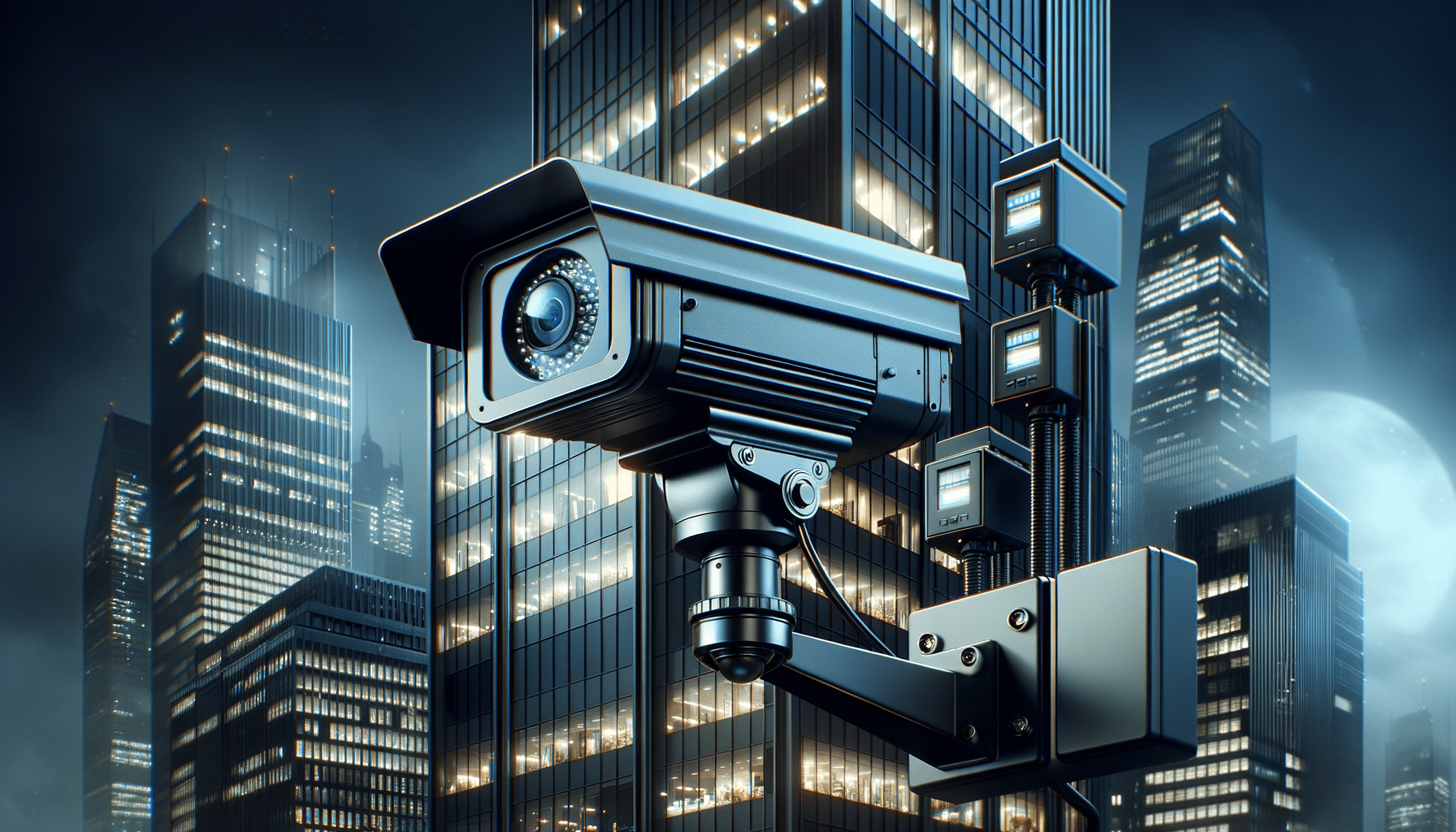Should you get a new Security System?
Modern security technology offers improved recording and transmission capabilities. Explore the benefits of upgrading to a more advanced system for better reliability and clarity.

The Evolution of Security Cameras
Security cameras have come a long way since their inception. Initially, they were bulky devices with limited capabilities, primarily used in high-security areas. Over the years, technological advancements have transformed these once basic tools into sophisticated systems that are accessible to both businesses and homeowners. The evolution of security cameras can be attributed to the rapid development of digital technology, which has allowed for enhanced image quality, remote access, and integration with smart home devices.
Modern security cameras now offer features such as high-definition video, night vision, and motion detection, making them essential tools for ensuring safety. The shift from analog to digital has been a game-changer, as digital cameras provide clearer images and are easier to install and maintain. Furthermore, the integration of artificial intelligence has enabled these cameras to perform tasks like facial recognition and behavior analysis, which were previously unimaginable.
As security concerns continue to rise, the demand for advanced surveillance systems has increased. This has led to a proliferation of options in the market, catering to various needs and budgets. Whether you’re looking for a simple setup for your home or a comprehensive system for a large facility, there’s a solution available that can meet your requirements.
Key Features to Consider
When choosing a security camera system, it’s important to consider the features that will best suit your needs. Here are some key features to keep in mind:
- Resolution: Higher resolution cameras provide clearer images, which can be crucial in identifying intruders or incidents.
- Field of View: A wider field of view allows a single camera to cover more area, reducing the number of cameras needed.
- Connectivity: Consider whether you need wired or wireless cameras. Wireless options offer more flexibility in installation.
- Storage: Decide between local storage options, such as SD cards, or cloud storage, which offers remote access and backup.
- Smart Features: Features like motion detection, alerts, and integration with other smart home devices can enhance the functionality of your security system.
By evaluating these features, you can select a system that provides the best balance of performance and cost for your specific situation.
Installation and Maintenance Tips
Proper installation and maintenance are crucial for the effective functioning of security cameras. Here are some tips to ensure your system operates smoothly:
Installation: It’s important to position cameras strategically to cover vulnerable areas. Consider factors such as lighting, potential obstructions, and the height of installation. While professional installation is recommended for complex systems, many modern cameras are designed for easy DIY setup.
Maintenance: Regular maintenance is essential to keep your security cameras in top shape. This includes cleaning lenses, checking connections, and updating software. Periodic testing of the system ensures that cameras are functioning correctly and that footage is being recorded properly.
By following these guidelines, you can maximize the effectiveness of your security system and ensure that it continues to provide reliable protection.
Cost Considerations
The cost of security cameras can vary significantly based on the features and complexity of the system. Basic models can be relatively inexpensive, while high-end systems with advanced features may require a more substantial investment. Here are some factors that can influence the cost:
- Number of Cameras: More cameras mean higher costs, but they also provide more comprehensive coverage.
- Features: Cameras with advanced features such as high resolution, night vision, and smart capabilities will generally be more expensive.
- Installation: Professional installation can add to the cost, but it ensures that the system is set up correctly.
- Subscription Fees: If you opt for cloud storage or monitoring services, be aware of any ongoing subscription fees.
It’s important to balance your budget with your security needs. Investing in a quality system can provide peace of mind and protect your property effectively.
The Future of Security Cameras
The future of security cameras looks promising, with continuous advancements in technology. Innovations such as artificial intelligence, machine learning, and the Internet of Things (IoT) are set to further enhance the capabilities of these systems. Future cameras may offer even more precise analytics, allowing for real-time threat detection and response.
Additionally, the integration of security cameras with other smart home devices will become more seamless, offering users a unified platform for managing their security. As privacy concerns grow, manufacturers are also focusing on ensuring data security and compliance with regulations.
Overall, the future of security cameras is geared towards providing smarter, more efficient, and user-friendly solutions, making them an indispensable part of modern security strategies.